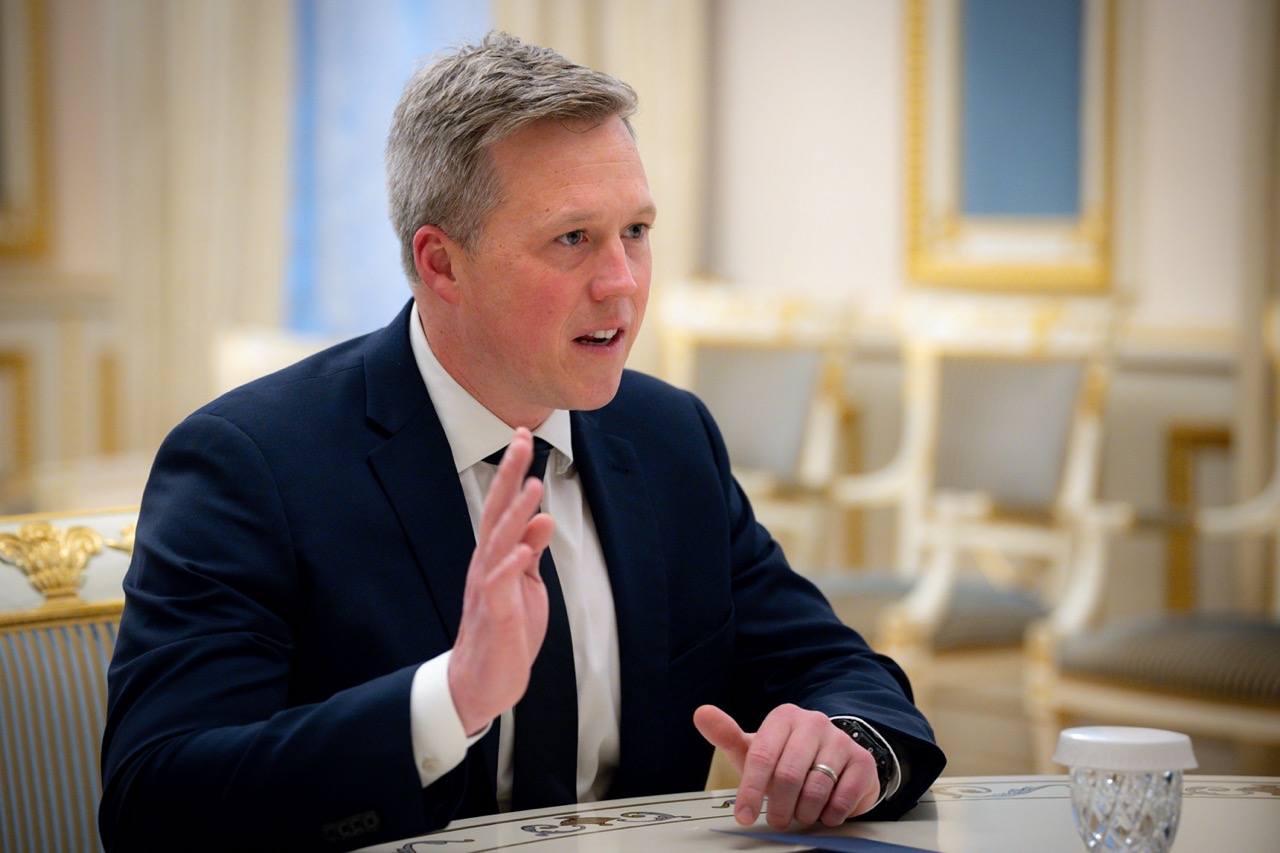US Army Secretary Daniel Driscoll warned European diplomats in Kyiv last week that Russia is now stockpiling long-range missiles faster than it fires them—and used the threat to argue Ukraine should accept a peace deal quickly, the New York Times reported on 26 November.
The tactic marks a stark departure from traditional American diplomacy. Washington would historically criticize an adversary for amassing weapons, not cite it as leverage to push a targeted nation toward unfavorable terms. Instead, the Trump administration is wielding Moscow's expanding arsenal as a reason for Ukraine to settle—even as analysts warn that ending the war would only accelerate Russia's stockpile growth.
Russia's missile production now outpaces consumption
For most of the war, Russia fired missiles nearly as fast as it could manufacture them, the Times reported. Investigators examining debris from the July 2024 strike on a Kyiv children's hospital found components produced just months earlier—evidence Moscow was fighting at the limits of its industrial capacity.
That calculus has shifted. By June 2025, Ukraine's military intelligence agency assessed Russia had expanded capacity to produce approximately 2,900 cruise and ballistic missiles annually, including Iskanders, Kinzhals, Kalibrs, and repurposed anti-ship missiles. The Ukrainian Air Force tracked roughly 2,061 cruise and ballistic missiles launched at Ukraine in 2024, with 2025 on pace for slightly higher numbers—but still leaving Russia with hundreds of additional missiles accumulating in reserve.
Russia's missile stockpile has ballooned to include nearly 600 Iskander-M ballistic missiles, over 100 Kinzhal hypersonic missiles, and approximately 700 Oniks cruise missiles, according to Ukrainian intelligence assessments reported by the Institute for the Study of War in June. Moscow has also ramped up production of Kh-101 cruise missiles to approximately 50 per month—up from 56 annually in 2021.
An upside-down argument
Western officials who attended Driscoll's Friday briefing called the Russian buildup alarming and said his warning resonated, the Times noted. But the framing inverted decades of American strategic messaging.
The United States has traditionally portrayed adversary weapons stockpiles as threats requiring collective resistance—not reasons for targeted nations to capitulate. By Driscoll's logic, Russia's industrial expansion becomes an argument for accepting Moscow's terms rather than countering its capabilities.
The approach also ignores a fundamental problem: Russia's production continues regardless of whether the war ends. Moscow is unlikely to significantly slow its arms manufacturing after a settlement, analysts note, and a halt to combat could remove potential justification for firing missiles at another European country—while leaving Russia with a massive arsenal pointed at its neighbors.
The interceptor math favors Moscow
Fabian Hoffmann, a missile expert at the University of Oslo, told the Times that Russia's ballistic missile launches already exceed the rate at which Ukraine can secure Patriots and SAMP/T interceptors capable of shooting them down.
The trend points toward "a moment when Ukraine would run dry of interceptors to protect Kyiv," Hoffmann said. Analysts warned Russia could use its stockpile to devastate Ukraine's electrical grid, deplete remaining air defenses, or threaten missile strikes against other European nations.
Yet Hoffmann warned the administration's argument cuts against itself: if Russia emerges victorious, it will feel "very adventurous in the future and have a massive stockpile of long-range armaments" for potential use beyond Ukraine's borders.
Peace talks accelerate amid deadly strikes
Driscoll's missile warning came as part of the Trump administration's intensive push to finalize a peace agreement. The Army secretary—an ally of Vice President JD Vance with no prior diplomatic experience—has emerged as an unlikely lead negotiator, shuttling between Kyiv, Geneva, and Abu Dhabi over the past week.
Ukraine reportedly agreed to key terms of a revised 19-point plan during Geneva talks, though significant sticking points remain. Russia punctuated the negotiations with deadly missile barrages on Kyiv, killing at least six people on 25 November.
The administration has set a Thursday deadline for Ukraine to agree, though officials signaled talks could continue if progress is made. President Trump wrote on Truth Social that "only a few remaining points of disagreement" separated the parties.
European leaders have questioned whether Moscow is negotiating seriously. Rep. Don Bacon called the initial US proposal a "surrender plan" that would leave Ukraine vulnerable to Russian attacks for decades. The revised plan emerged after pushback from Kyiv and European allies who viewed the original 28-point framework as tilted toward Moscow.
As talks continue, Russia's missiles keep accumulating—a threat Washington now uses not to rally resistance, but to urge surrender.

